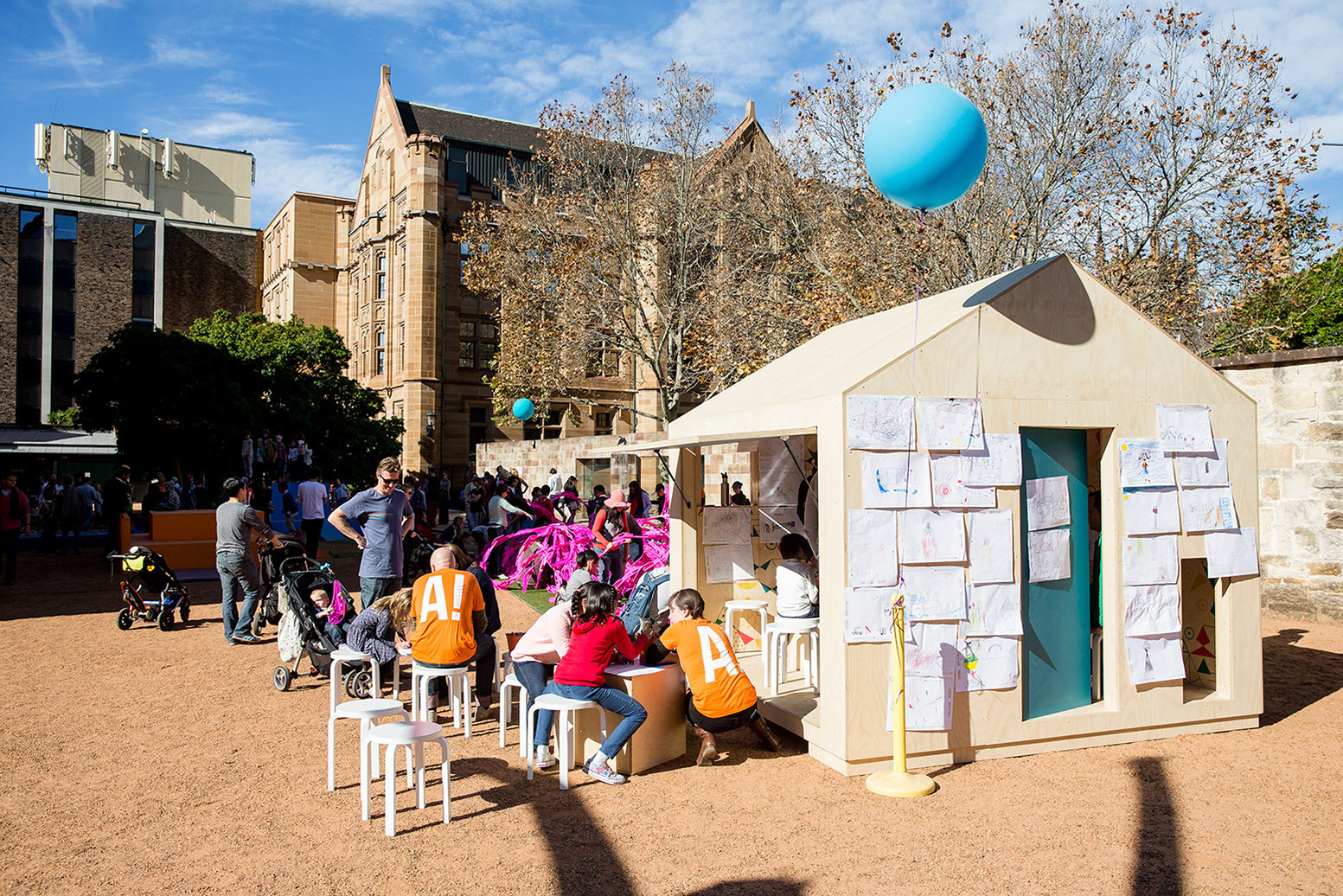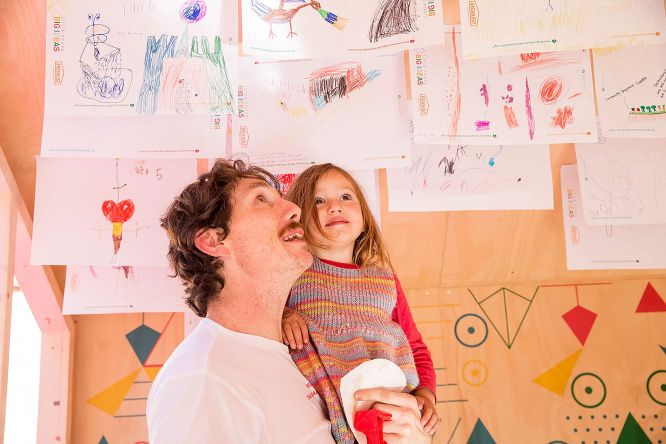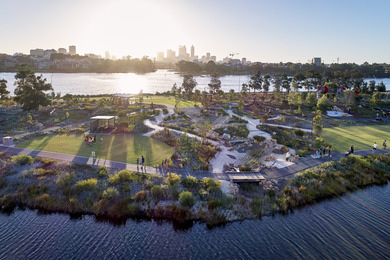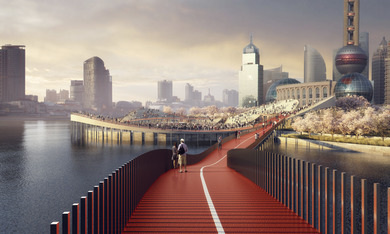Mind-blowing homes!
Not surprisingly, kids thought a lot about their own homes – and the types of places they’d like to live in the future. Homes below the ocean, homes in the sky, homes on wheels. Their places were technology-enabled, ready to take on any family, any lifestyle, any situation. Except for Kai’s house: he wanted to live in a tree with birds.
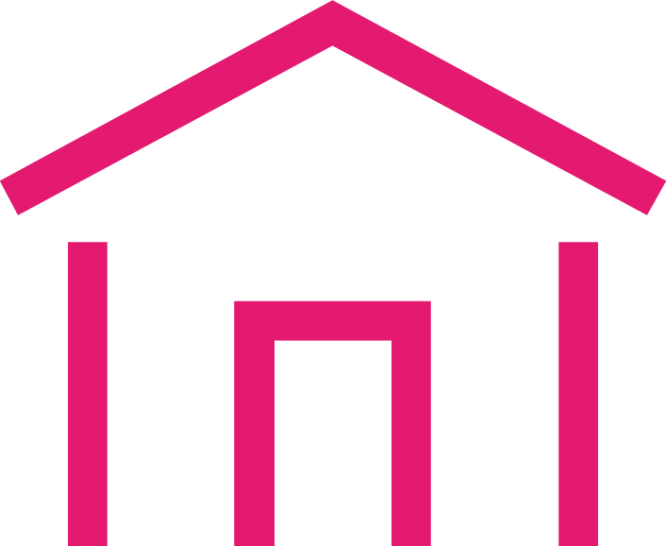
Super-charged transport!
Kids were fascinated by how we move in cities too. Most of them saw the car as a problem – creating noise, pollution and congestion. Instead, they wanted to see jetpacks, slippery dips and flying trains – transport that’s engaging, flexible and sustainable. In one city, all the buildings were made of rubber, so you could bounce all the way to New York!
Places to breathe!
Like many kids, Meredith pointed out that “buildings are getting bigger and rooms are getting smaller”. That means our cities rely on common places to play, relax, run and have fun. Many drawings were full of parks and rivers and playgrounds and wildlife – all parts of a healthy, happy city.
A real heart!
Kids see cities as places where everyone’s included and equal – “something for everyone”, as Sage said. They hate to see signs of inequality, like homelessness and poverty. Anisa had a great solution: she invented a “dream home” that takes all of her money (made from drawing amazing pictures, of course!), empties it into a pool with a scoop, and then distributes it to poor people – making everyone happy.

Seriously fun!
Kids understand many of the social, technological and ecological issues facing cities, but they still think there needs to be a focus on fun. We saw hotels made of dreams, buildings created out of chocolate and ice cream (cold climates only!) and cities with “random swirls of colour in the air”. We could all only ask: why not?

